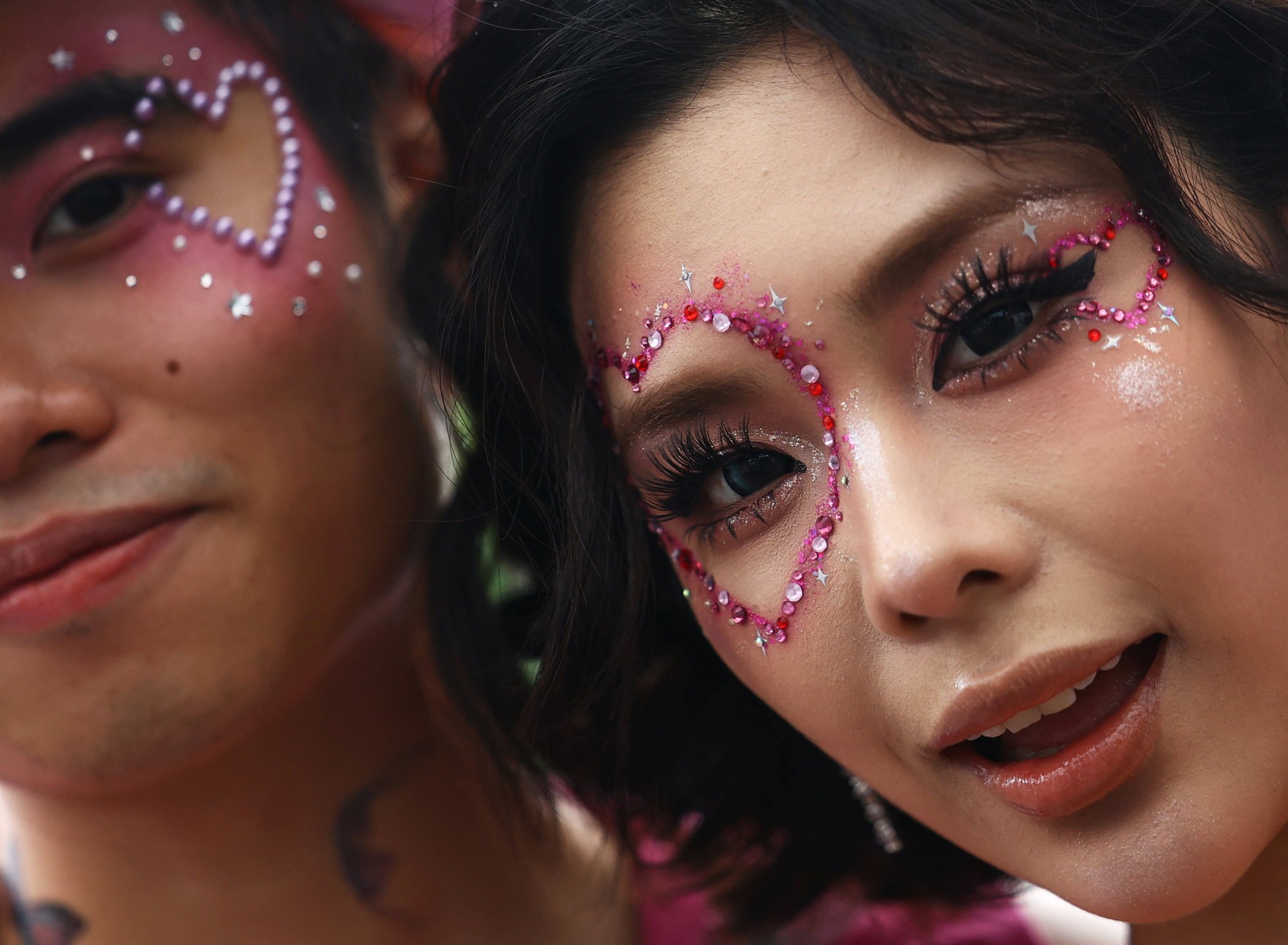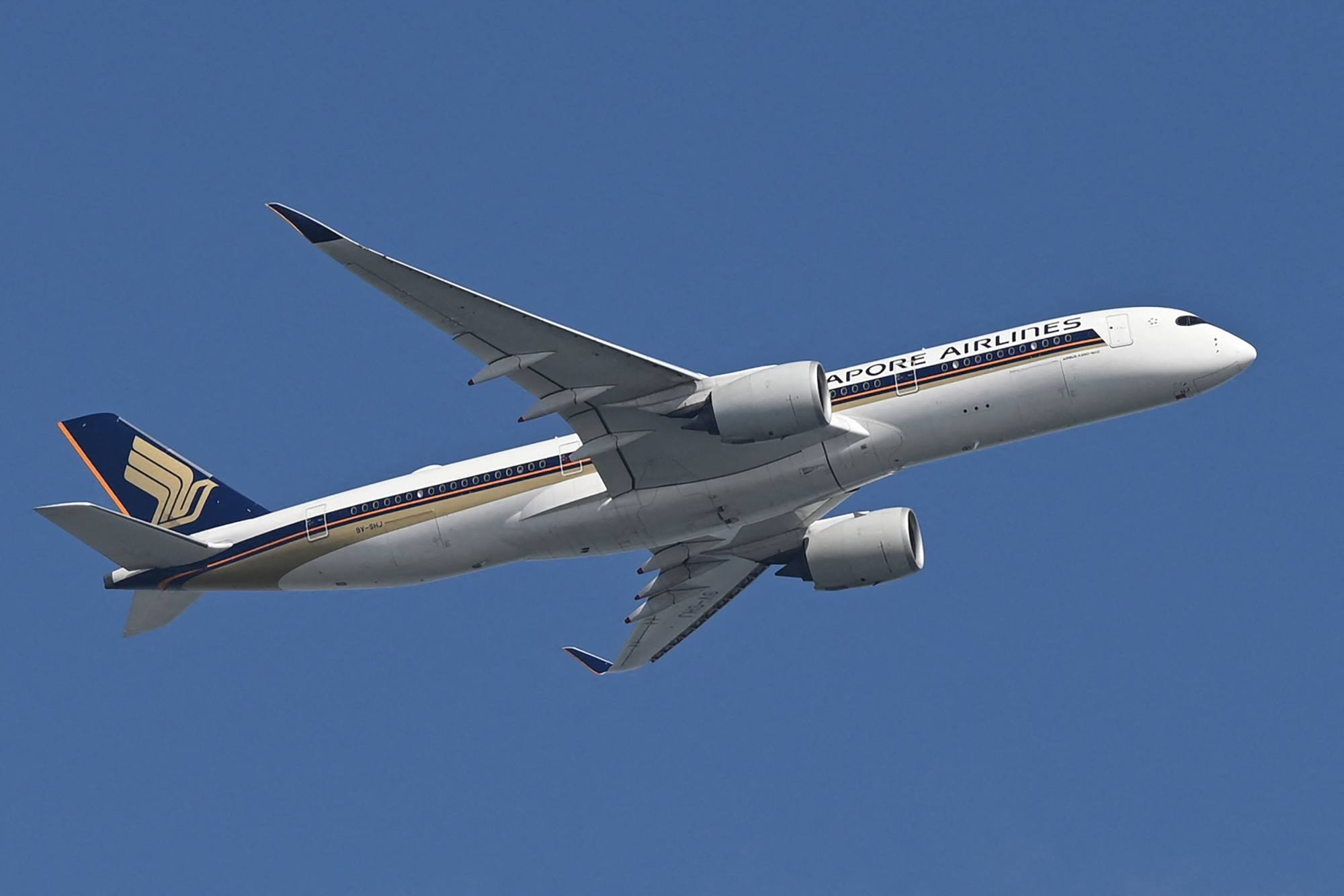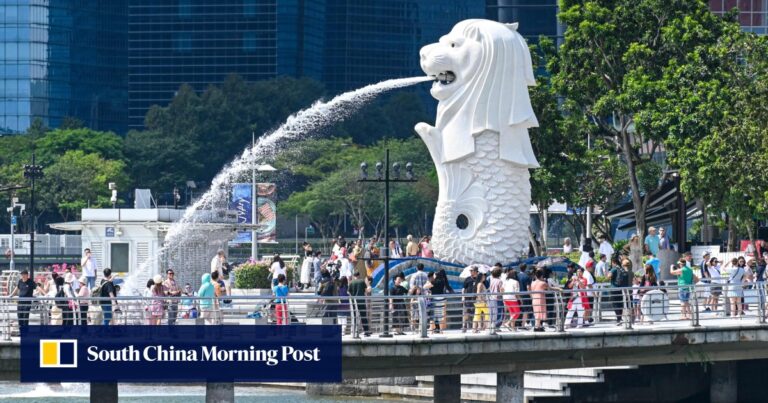While most of the world is still waiting for the return of wealthy Chinese tourists, tiny Singapore is a global exception. More than 327,000 people from China visited Singapore in February, about 96% of 2019 levels, according to data released by the Singapore Tourism Board last week. The number of seats scheduled for departure in the first quarter is already at 101% of 2019 levels, according to data from Cirium, and this number is expected to soar in the coming months. The recovery is outpacing that of neighboring countries, with Thailand seeing about 63% of pre-pandemic tourist numbers in February and Indonesia seeing about 48% of tourist numbers in the latest quarter. In Europe, Chinese visitor numbers are expected to be about 40% lower than in 2019, while the US National Travel and Tourism Board predicts that visitor numbers in 2024 will be about 73% of pre-pandemic levels, due in part to geopolitical tensions. Sometimes Chinese-ish. You can get by with Mandarin and Hokkien. Zhuo, a tourist from XiamenThe decision to waive visas for visitors from China, the focus on safety and a commitment to unique cultural and entertainment events position Singapore to benefit as the world’s second-most populous country reopens its economy after years of strict COVID-19 measures.These moves come during the Chinese New Year holiday, when many travelers flocked to visit family and friends who had relocated to the city-state in recent years.
For Madam Zhuo, a Xiamen native visiting her daughter and 10-year-old grandson, part of Singapore’s appeal is its sense of comfort. More than 70 percent of the residents are ethnic Chinese, a city where her family moved a year ago, she says, is much more accessible than other countries.
“Singapore is very urban, very clean and very expensive,” Zhuo said as we walked through Merlion Park, home to the Merlion statue that is benefiting from the tourism boom. “Sometimes I feel like I’m in China. [using] “Mandarin and Hokkien.”
Chinese tourists are also increasing their spending despite a struggling domestic economy and weak consumer sentiment, with average spending on airfares, hotel accommodation and other items per trip to Singapore up 30 percent from a year ago, according to data from Trip.com.
“This is a good sign that Chinese travellers are showing increased interest in visiting Singapore following the implementation of reciprocal visa-free travel,” said Edmund Ong, general manager of Trip.com Singapore. “Not only are visitor numbers increasing, but the average spend per traveller is also on the rise.”
Singapore is also targeting its more Westernized young Chinese population.
Yu Pei-xin, a 20-year-old student at Shanghai University of Technology, flew to Shanghai to see Taylor Swift’s final show in Asia. She paid more than 4,000 yuan ($556) for a ticket, about double the usual price. “It was worth it,” she said. Taylor Swift fans in Vietnam and Chongqing, China, show off their makeup ahead of one of the US pop star’s six concerts in Singapore earlier this month. Photograph: Reuters Tourists like Yu are proof that the government’s exclusive contract with the concert promoter has worked: Swift’s popularity and a dearth of concerts in other countries have led to an influx of foreign tourists and economists raising their forecasts for Singapore’s economic performance.
Taylor Swift fans in Vietnam and Chongqing, China, show off their makeup ahead of one of the US pop star’s six concerts in Singapore earlier this month. Photograph: Reuters Tourists like Yu are proof that the government’s exclusive contract with the concert promoter has worked: Swift’s popularity and a dearth of concerts in other countries have led to an influx of foreign tourists and economists raising their forecasts for Singapore’s economic performance.
Both Yu and Zhuo took advantage of daily direct flights from their respective cities, and demand for travel to Singapore has not slowed despite headwinds from the Chinese economy and rising airfares.
While flights from China to most parts of the world have been disrupted by the COVID-19 outbreak and remain largely cancelled, flights between China and Singapore remain strong, with scheduled flight seat numbers between the two countries expected to recover to 101% of 2019 levels in the first quarter of this year, driving the recovery of the key outbound travel market from China.
“The advantage of the Singapore-China market is that it’s very diversified,” said Lim Chin Kiat, executive vice president of aviation hub and cargo development at Changi Airport. In addition to business and government travel, many people also cross the border to visit family, he said.
 A Singapore Airlines plane takes off from Changi Airport earlier this year. China and Singapore have maintained good relations despite pandemic-era turmoil. Photo: AFP The conservative government’s focus on safety has also contributed to a post-COVID-19 resurgence in travel, especially amid reports of growing hostility towards Chinese and other Asian people around the world. Singapore remains a top attraction for Chinese travellers, who see crime as one of their main concerns. Regional rival Thailand has seen its reputation tarnished by recent security incidents.
A Singapore Airlines plane takes off from Changi Airport earlier this year. China and Singapore have maintained good relations despite pandemic-era turmoil. Photo: AFP The conservative government’s focus on safety has also contributed to a post-COVID-19 resurgence in travel, especially amid reports of growing hostility towards Chinese and other Asian people around the world. Singapore remains a top attraction for Chinese travellers, who see crime as one of their main concerns. Regional rival Thailand has seen its reputation tarnished by recent security incidents.
“Singapore has always been seen as a reliable partner of the Chinese government and the Chinese people,” said Qinghao Huang, an associate professor of political science at the Lee Kuan Yew School of Public Policy at the National University of Singapore and Yale-NUS.
These strong ties are especially important at a time of rising geopolitical tensions as the world’s two largest economies, the United States and China, clash over everything from trade to military power.
The friendly bilateral relations between China and Singapore have permeated inter-cultural exchanges in daily life, making the city a more comfortable and attractive place for visitors.
According to a Pew Research Center report, Singapore is one of the few countries that view China favorably, and the feeling is mutual, which Huang attributes to the strong cultural ties between the two countries.
Taku’s experience reflects history.
“I walked around the city too,” she said after dropping off her grandson. “The people are so nice.”

